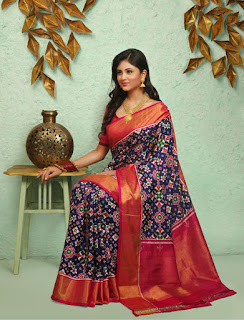Nestled by the Vindhyagiri and Chandragiri Hills, in the town of Shravanabelagola, located km in Hassan District in Karnataka, stands a colossal rock-cut statue of Lord Gommateshwara Shri Bahubali.
Built in circa 982, the 57 feet tall Bahubali statue standing upright in the posture of meditation known as kayotsarga accessible through a flight of 500 steps, is described as the most magnificent among all Jain works of art.
The verdant natural beauty of Shravanabelagola, with its swaying coconut trees and natural bodies of water, bears testimony to the qualities of renunciation and non-violence that embodies the Jain Way of Life.
BhagwanBahubali, the son of the first of the twenty four Jain Tirthankaras, is worshipped for living with exceptional qualities that he displayed during all stages of his life from conception, birth, renunciation, enlightenment and salvation.
Once in 12 years, the small town of Shravanabelagola turns into a conglomeration of hundreds of thousands of visitors from around the world who throng the place for Mahamastakabhishekaceremony celebrated in honor of lord Bahubali.
During the ceremony, the statue of the Lord is worshipped by smearing his idol from the contents of 1008 pots carried by the devotees. The pots contain various things like milk, turmeric paste, rice flour, coconut water, sandalwood, sugarcane juice, vermilion, and 52 varieties of flowers.
The 88th celebration of the ceremony falls this year. The celebration will take place from 17th to 25th February 2018. The event is to be conducted under the guidance of His Holiness Swasti Sri CharukeerthiBhattarakhaSwamiji of Shravanabelagola. More than 1 million devotees are expected to attend this event!
In India, women adorn traditional sarees for all religious ceremonies, spiritual gatherings and for visiting temples. Mahamastak abhisheka ceremony is one such occasion when all jain women and women of Hindu faith can wear their sober and elegant traditional sarees. Shatika has a wide range of pure and pristine handloom sarees for such occasions. Log on to our website at www.shatika.co.in to check out the complete range.
Image Courtesy:
http://bit.ly/2nVajrf






